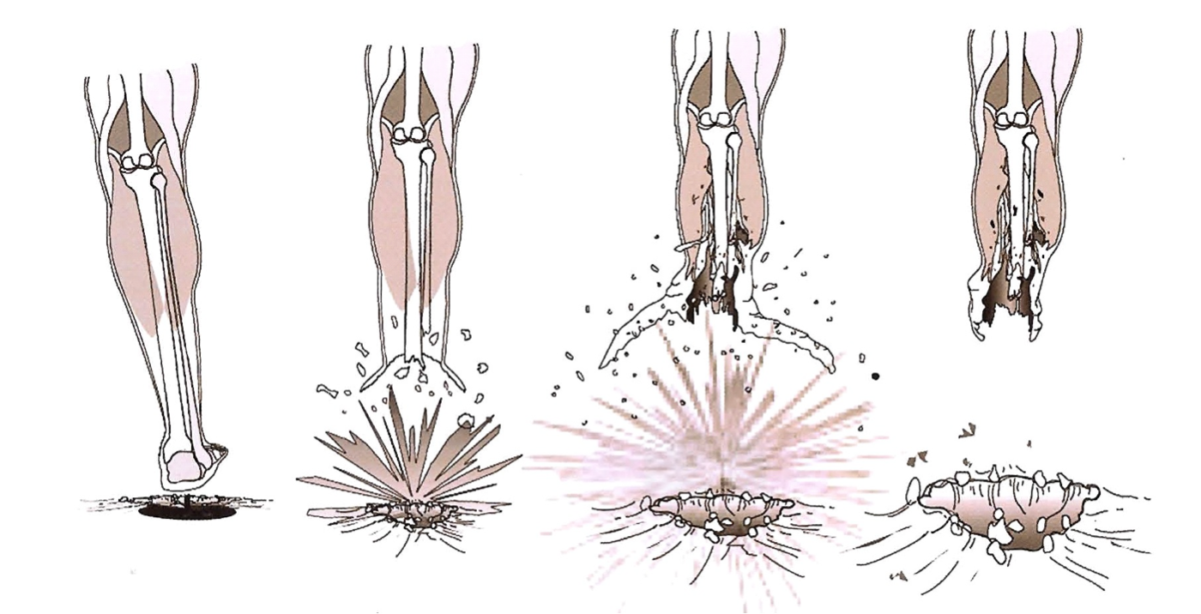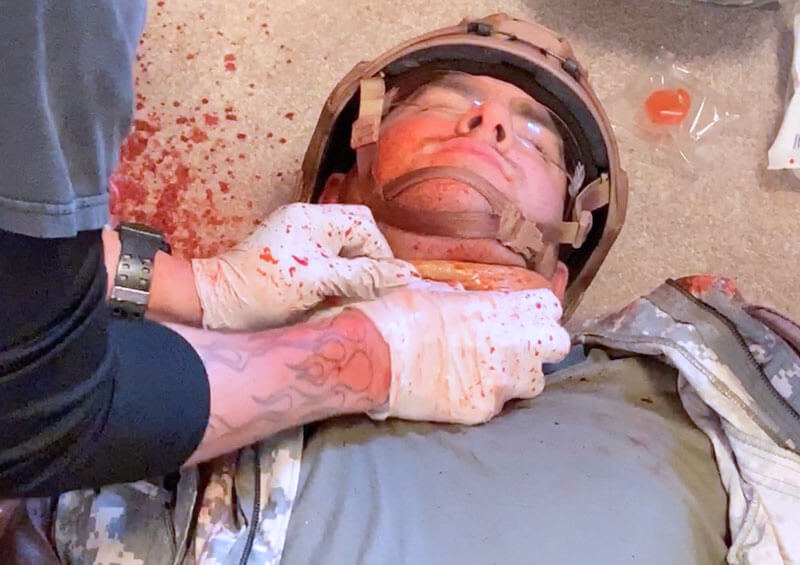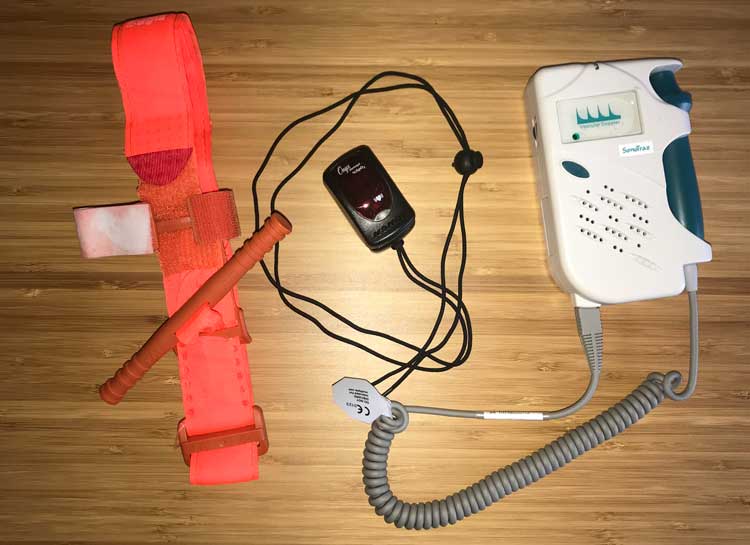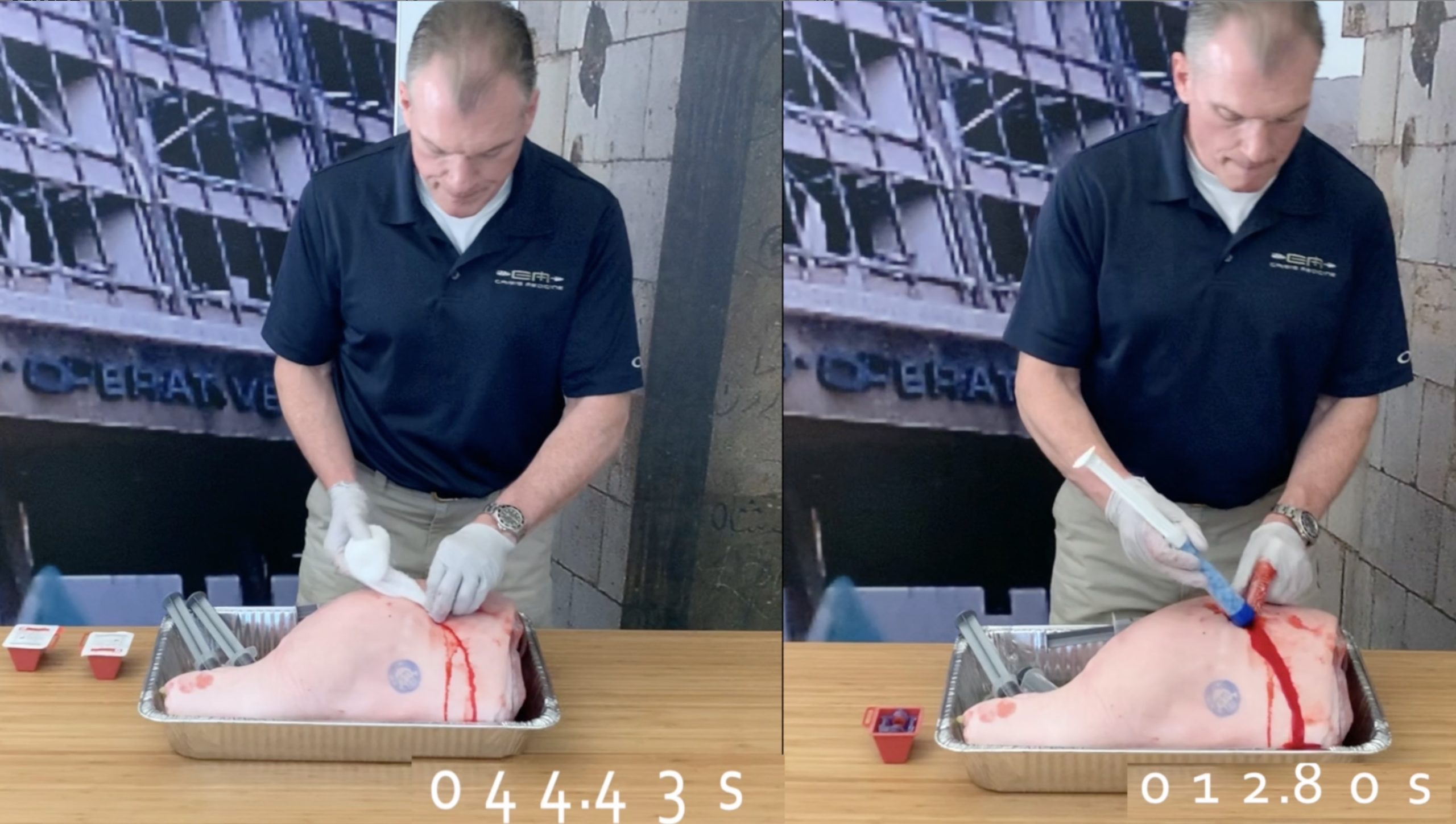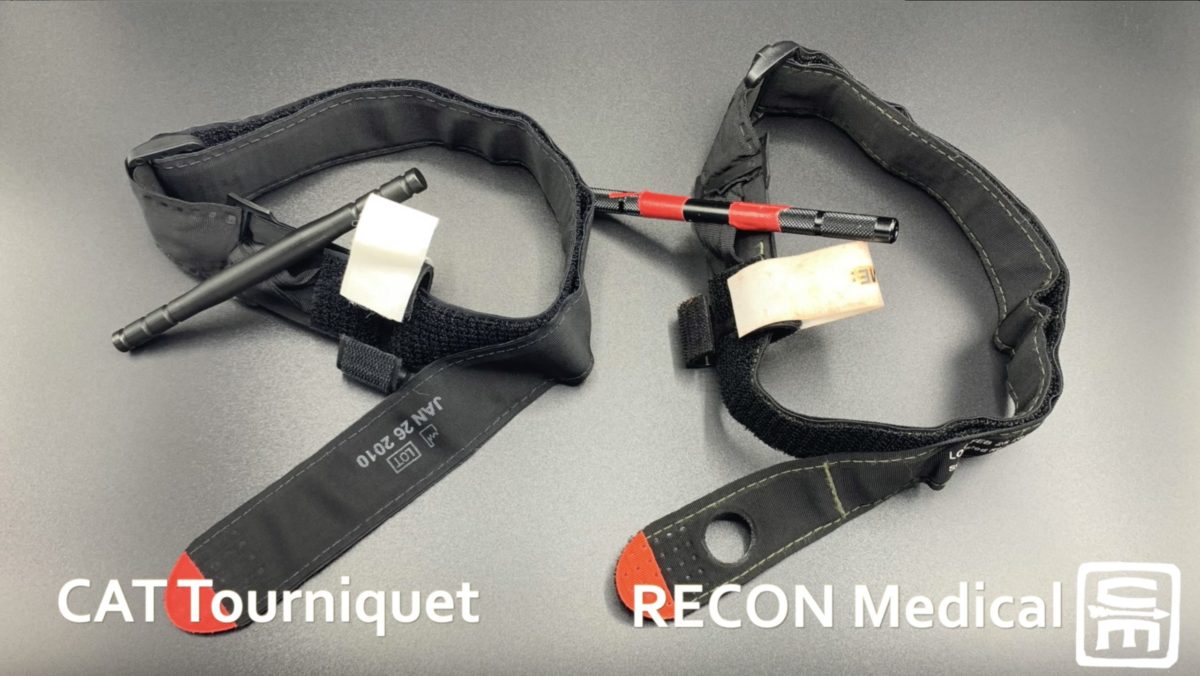🕖 Reading Time, 9 minutes When a casualty steps on a blast mine or is very close to an explosive charge, the explosive force travels up the leg/limb of the casualty stripping skin, fascia, and muscle off the bone. This …
Massive hemorrhage is the leading cause of preventable death from injuries.
How much blood loss is too much?
In December 1970, the US military published data on 7,800 soldier and Marine casualties from the conflict in Vietnam. In that data, specifically 10% of combat fatalities were from extremity hemorrhage. This dataset would later form the first TCCC guidelines in 1996. With the widespread adoption of tourniquets by the US. Military in the early 21st Century, death from massive extremity hemorrhage is now unusual in combat. This improvement has lead to greater awareness of massive hemorrhage from “junctional areas” like the neck, axilla/armpit, and groin, areas not amenable to circumferential tourniquet placement. To be facile at controlling massive hemorrhage, wound packing is a needed but often neglected skill set.
The term “junctional hemorrhage” refers to injuries and bleeding occurring at the transition zones between the extremities and the torso. 🕖 Reading Time, 4 minutes The term first appeared in the medical literature in December 2009. Although not an extremity, …
🕖 Reading Time, 5 minutes BLUF:* Is there a role for using a fingertip pulse oximeter as a training tool for tourniquet placement? We believe the answer is no. Considering the relative expense of a quality, FDA approved model pulse ox, a …
🕖 Reading Time, 3 minutes When Deputy Just responded to a call regarding gunfire, she didn’t know there was a victim until she heard the 911 operator giving care instructions to bystanders. She arrived near-simultaneously with four other officers. As …
🕖 Reading Time, 1 minutes Kerlix Gauze packing can generate up to 197 mmHg at the bottom of the wound and 45 mmHg on the sides. Xstat can generate 156 mmHg and 123 mmHg respectively. Although it’s unclear XSTAT is …
🕖 Reading Time, 4 minutes In concept, any non-elastic material wrapped circumferentially around a limb and tightened should be able to generate enough pressure to occlude arterial flow and act as a tourniquet. Although there are numerous tourniquets on the …

